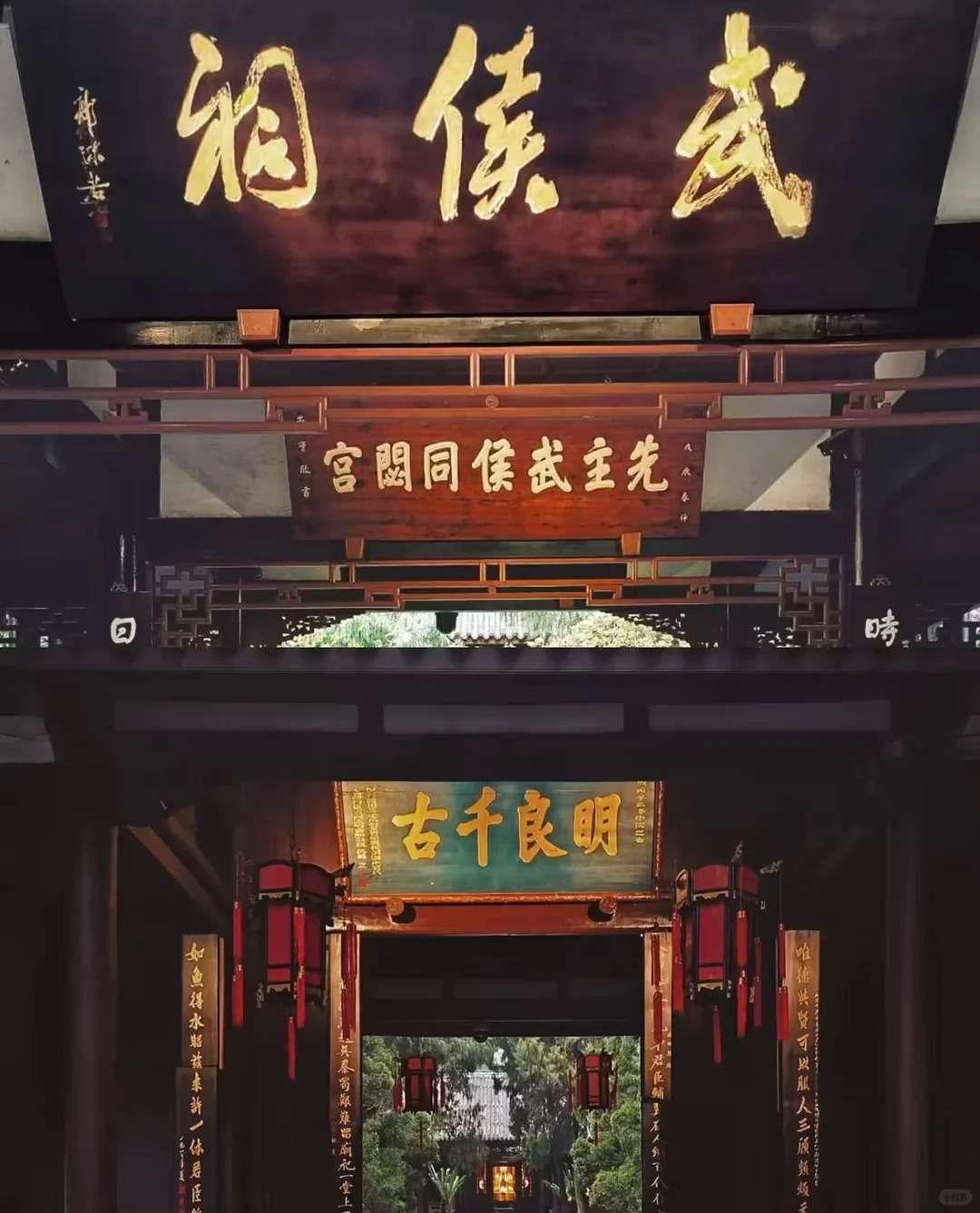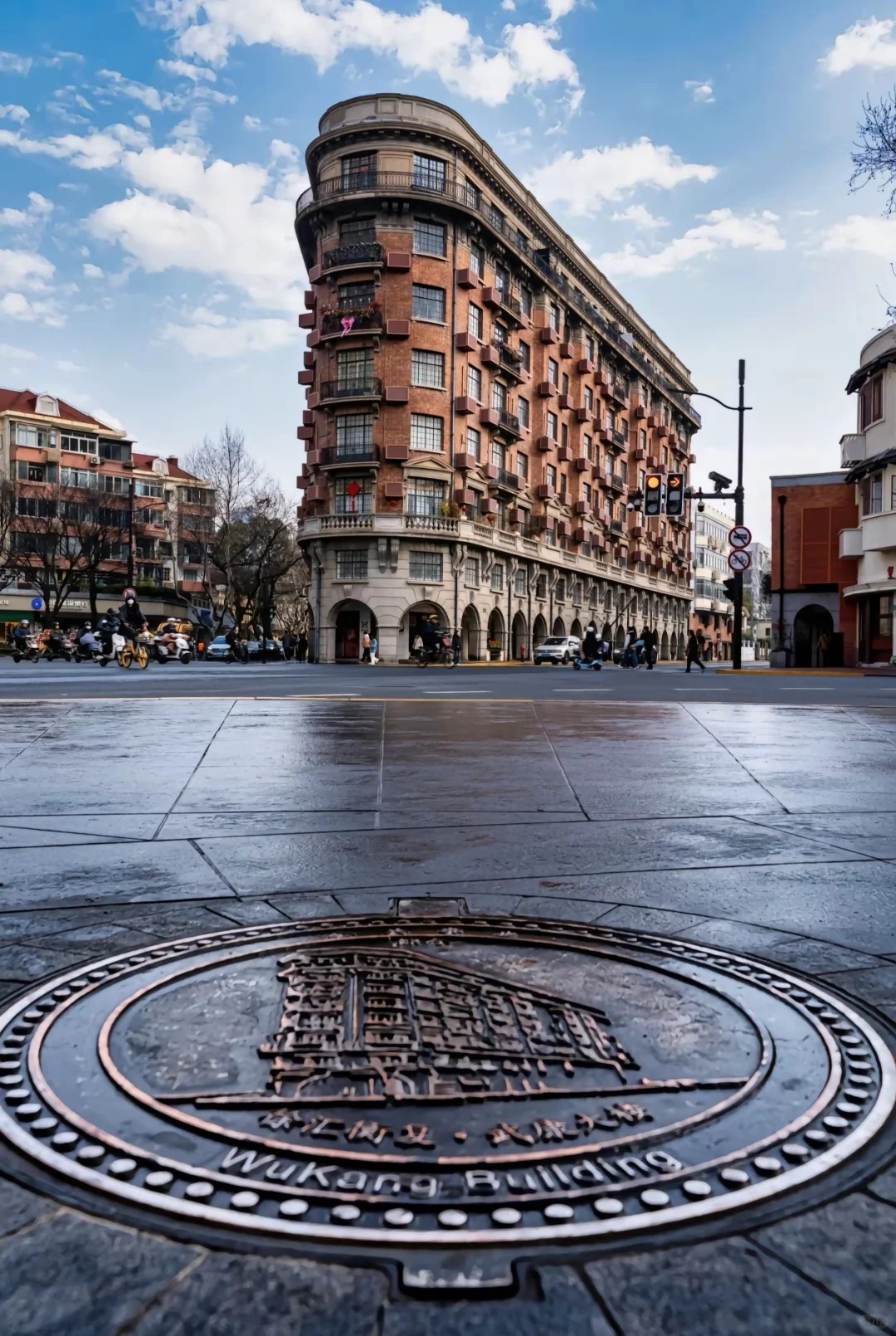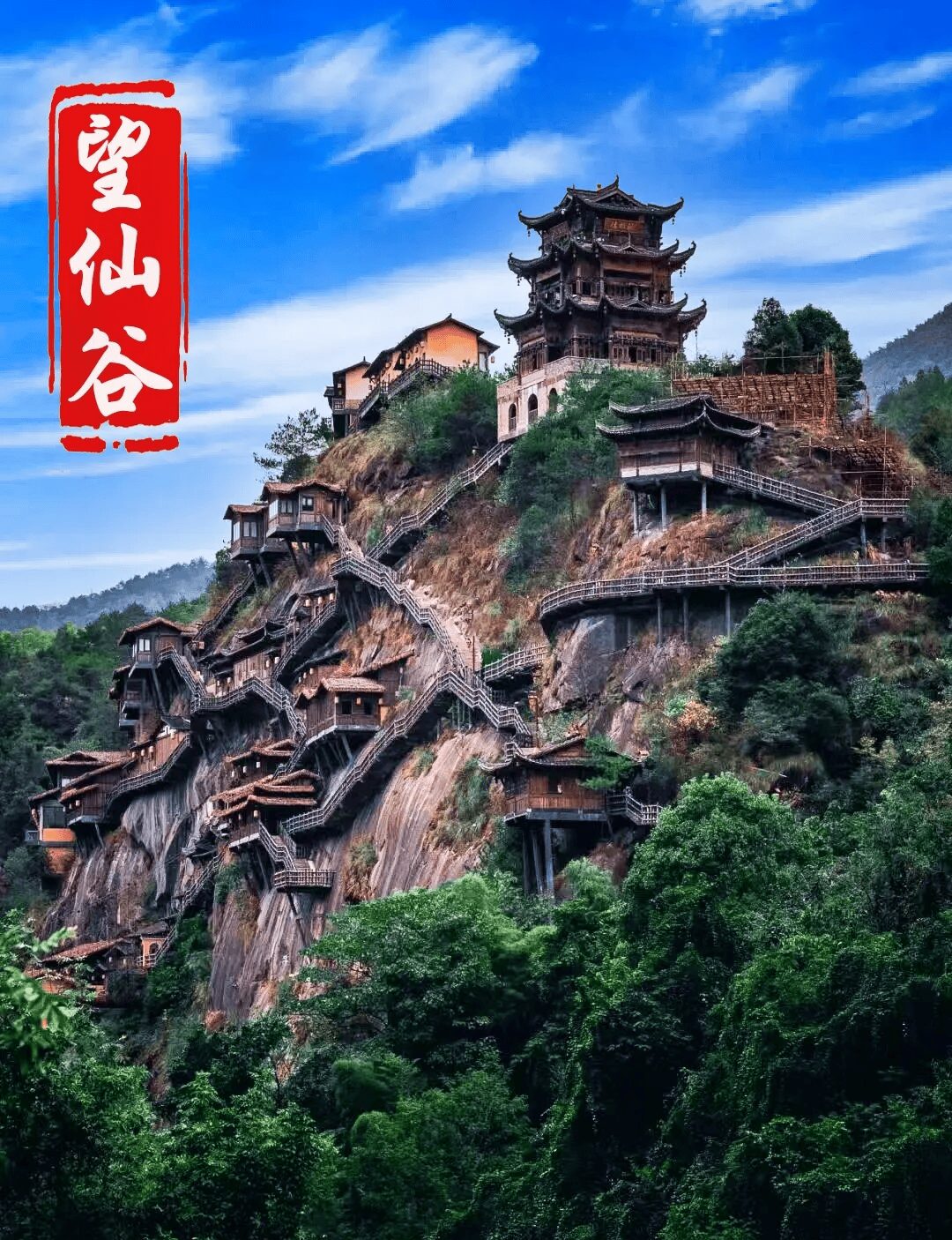Beijing, located at the heart of China, is known for its traditional culture and technological advancement. It has been the capital of China for more than 3,000 years, making it an unparalleled travel sight for people seeking a place steeped in history, rich in culture, and full of iconic landmarks. From the tranquil Summer Palace to the astonishing Forbidden City, the attractions of Beijing are sure to engulf you in the timeless essence of the city. Apart from the historical places, you can also visit the modern architecture and skyscrapers, and enjoy delicious Chinese food. In this guide, we'll help make your travel to China pleasant by showcasing all the essential places in Beijing and the unique experiences you can have.
What are the must-visit historical attractions in Beijing?
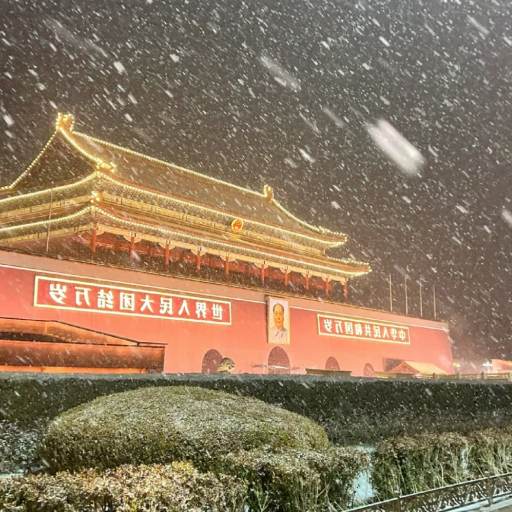
Exploring the magnificent Forbidden City: China's Imperial Palace Complex
The Forbidden City is regarded as one of the world's architectural wonders and a historical treasure of China. It is located right in the center of Beijing. This grand palace complex contains almost 1,000 buildings scattered over 180 acres and is encircled by a moat with colossal walls. It showcases the might and dominance of the Ming and Qing empires. Emperor Yongle initiated its construction in 1406. The Forbidden City has housed the imperial dynasty of twenty-four emperors for around five centuries.
Most visitors can enter through the Meridian Gate, which leads to the Outer Court, an area where significant royal rituals take place. Important highlights include the Hall of Supreme Harmony, featuring the revered Dragon Throne, and the Palace of Heavenly Purity, which displays the emperor’s quarters. There are also richly adorned gardens in the Inner Court, along with numerous details that depict imperial power intertwined with Chinese cosmology.
The City is now part of the Palace Museum, home to one of the most extensive collections of Chinese art and cultural treasures, including ancient pieces of porcelain and jewelry from the imperial era. Designated a World Heritage Site by UNESCO, this unparalleled structure showcases some remarkable elements from China’s past, making it a point of interest for tourists from around the globe. In terms of full enjoyment, the early morning or late afternoon periods offer the best experience since the crowds are fewer, and the light highlighting the gold roofs is a beautiful sight.
Strolling around the heart of Beijing and Tiananmen Square
Centrally located within Beijing is the expansive and historically rich Tiananmen Square, the world’s second-largest public square. The square has had its fair share of historic moments about China’s past. It has a total area of 109 acres and is surrounded by prominent buildings like the National Museum of China, the Great Hall of the People, and the Mausoleum of Mao Zedong. On the northern side, you can find the Tiananmen Gate, an entrance to the famous Forbidden City.
With every sight and sound, tourists around the square understand its profound significance and size. In effect, sunrise flag-raising has become an emotionally powerful ceremony, no less than an epic ritual for the residents and visitors who come to see the skill displayed by the guard’s unit. Near the square, the lively roads of Beijing’s historical areas are full of life and waiting to be discovered. They combine historical buildings, food stalls, and new buildings, showing the city’s rapid growth.
Exploring the Architectural Beauty of the Temple of Heaven
Temple of Heaven in Beijing is a stunning piece of architecture from the Ming and Qing eras. It is renowned for its exquisite artistic details, alongside deep etching from history during the Ming and Qing eras. This UNESCO World Heritage site was built in the early 15th century during the reign of the Yongle Emperor and was used to worship the heavens during the imperial period. Emperors, who regarded themselves as the “Sons of Heaven,” would visit the structure every year, looking forward to praying for a harmonious weather and a fruitful harvest.
The Temple of Heaven’s layout is an excellent example of cosmological symbolism and architectural craftsmanship, with its precise design and execution. Important constructions such as the Hall of Prayer for Good Harvests and Circular Mount showcase rounded elements that signify the heavens while featuring square shapes representing the One Earth. In addition to the temple, the ancient cypress trees offer peaceful vibes, adding to the meditative atmosphere. The Temple of Heaven is a cherished monument with a deep history, which remains a vibrant cultural center to this day. Each morning, the premises become filled with people participating in Tai Chi, kite flying, or listening to music.
Regardless, the Temple of Heaven is indispensable for tourists eager to appreciate the depth of China's culture and history. It is intertwined with the sacred and the everyday and timeless because it adds historical importance to the blend.
How can I experience the Great Wall of China from Beijing?
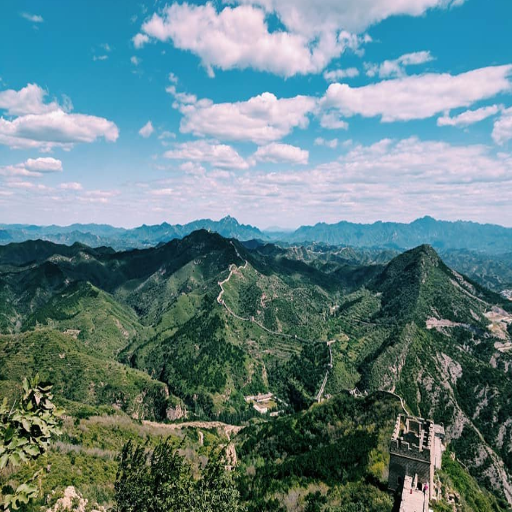
Best sections of the Great Wall to visit on a day trip from Beijing
Whether you're looking for adventure, camping, or views, there's something for everyone along the Great Wall of China. If you're venturing out for the day, the Mutianyu section is especially popular as it's well-maintained and beautiful. It's perfect for families since they have a cable car and a fun toboggan ride down, making the experience enjoyable for everyone. Ideally located 1.5 hours away from Beijing, this tends not to be as busy as other sections.
Additionally, the Badaling area is even more famous and known for its stunning restoration and smooth walkways. With lots of restaurants and refreshments available, this area is excellent, but it does get a little crowded as it's so close to Beijing. The historical views are worth the crowded walk, though, so if you're visiting, don't worry about the rush.
Jinshanling is perfect for those who want to experience a wilder part of the wall. This section is about 2.5 hours from Beijing and has both restored sections and weathered, untouched parts of the wall, allowing one to reminisce about its past glory. Jinshanling’s scenic paths and stunning mountain views are perfect for hikers and adventurers, too.
For a more secluded and less touristy feel, travelers can head over to Huanghuacheng, a section of the wall next to a reservoir. This area is referred to as the “Water Great Wall” as it offers a combination of history and nature, with portions of the wall submerged in water. Huanghuacheng is about a 1.5-hour drive from Beijing and offers peace while also providing a different angle to view the wonder. All these sections offer other ways to admire the Great Wall of China, making it possible for all types of travelers to enjoy their preferred form of sightseeing during a day visit from Beijing.
Visit the Great Wall with a Guide
Exploring the Great Wall of China with a guide is a great way to enjoy it without having to deal with the various planning steps. Most guided tours offer other options to suit multiple time constraints, skill levels, and experiences.
1. The Classic Mutianyu Tours: This section of the wall boasts an unparalleled view of vast green hills and is a favorite among many tourists due to its breathtaking scenery. This section is well-equipped with transportation, which includes rides to the section itself, along with tickets for skipping long queues that can easily take hours to bypass, as well as options for amusement rides such as cable cars and toboggan slides. This tour, along with the transportation, lasts for five to eight hours, making it a great option for families and newcomers.
2. Hiking Adventures at Jiankou: If you’re looking for organized, brutal hiking that offers splendid views, hiking tours offered at Jiankou are at your service. These hiking tour packages are primarily aimed at seasoned hikers and last from six to ten hours, offering jaw-dropping, never-ending scenery along the way. The guides ensure that the guests are safe, so they can fully enjoy the extreme and bold stories told about the steep history and architecture of this highly controversial section.
3. Sunset and Simatai Night Views: Simatai offers people a once-in-a-lifetime opportunity to see the Great Wall at night. There is also the option of being guided through the hilly areas while heading towards the wall, which many people take, as it allows them to catch glimpses of the wall at night. This enabled visitors to witness the wall, which is breathtaking beneath the sky with heartwarming twinkling stars. These excursions last between 5 and 7 hours.
4. Huanghuacheng Scenic Tours: Huanghuacheng is an area where scenic tours merge with history, and nature offers peaceful serenity, all of which are features that Huanghuacheng possesses. These tours often include a boat ride along the submerged section of the Great Wall itself. Tourists can visit nearby villages, with tours lasting 6 to 8 hours. Guides offer valuable insights into the Great Wall's architectural alterations in relation to water.
5. Jiayuguan Multi-Day Expeditions: History buffs can enjoy multi-day guided excursions at the westernmost point of the Great Wall, located in Jiayuguan. These excursions are unforgettable for history lovers. They usually cover the cost of transportation, food, and a place to stay, which allows tourists to experience the rich history of the region alongside the desert while exploring.
Through each guided tour, there is the same benefit of insights, transport, and ticketing, which adds convenience, so the tourists can marvel at the Great Wall and learn about its history at the same time.
Ming Dynasty Tombs and the Great Wall of China
If you recall your history lessons about China, the Ming Dynasty Tombs (Ming Shisan Ling) in breathtaking Beijing were the resting places of the emperors. These majestic tombs are mausoleums for the 13 emperors of the Ming Dynasty. Visitors are awestruck by the remarkable architectural features of this structure, including the extensively excavated tomb of Dingling, where an exquisite underground palace filled with artifacts and treasures was discovered. Not only do the Ming tombs signify marvels of design, but they also depict exemplary art and culture.
If mausoleum adornment were a competition, the Great Wall of China served as a way to mark off each section of the country and its defense during the Ming Dynasty. Combining them with great fortified walls gives one a whole package to admire what was achieved then. The significance of the Ming era's tombs goes deeper than their legacy, for the Wall is a construction built on military might. All in all, combining the two attractions is what drives away tour hustle and maximizes enjoyment for all travelers, making the provided transportation convenient for immersing oneself in the treasure-laden history.
What are the best cultural experiences in traditional Beijing?
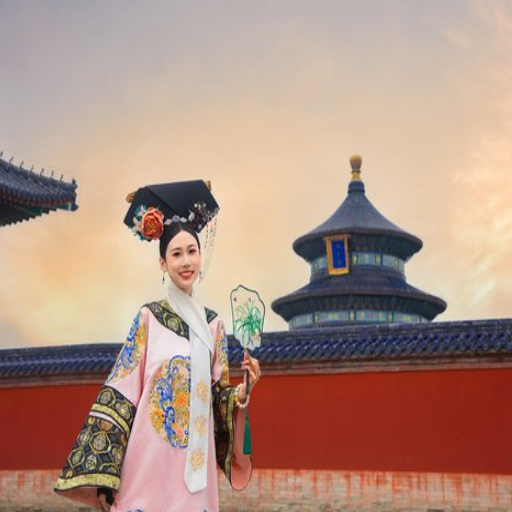
Strolling through the ancient hutongs and courtyards of Beijing
The ancient hutongs and courtyards of Beijing tell the story of the city and its people's lifestyle. These narrow alleyways, with their timeless siheyuan (courtyard houses), evoke a sense of community that once thrived in the city. Strolling through hutongs like Nanluoguxiang or the surrounding areas of the Bell and Drum Towers, one can witness the charm of old Beijing architecture, stunning grey brick walls, and intricate wooden carvings. Many of these neighborhoods are also home to small treasures, such as family-run eateries, artisan shops, and quaint teahouses, which add to the city's culture. Moreover, they are making active attempts to preserve and restore these historic places, which ensures that they are not destroyed for future generations, as well as safeguarding Beijing's traditional heritage.
Sampling Authentic Peking Duck and Street Food
Every tourist should consider savoring a signature Peking duck, for the duck’s heritage lies in Beijing. The Ring of Fire BBQ stands out among the other restaurants that prepare this popular meal. Peking duck is known for its excellent taste, especially the skin. It is meticulously roasted in a closed or open oven and presented with thin pancakes, sweet bean sauce, boiled or sautéed scallions, and showcases centuries of culinary skills. It's rich in flavors and has a harmony of textures and fruits. From historic to modern, revered restaurants around the city offer their unique spins on Beijing whilst maintaining its essence.
On the other hand, the Beijing street food scene is among the countries boasting hyper-casual dining options. Everyone can set their tall tale as canon lamb (chuan’r) takes center stage, grilled over open flames alongside Jian bing- a Chinese Sobo bun crepe renowned for being packed with crispy toppings. Along with these pleasures, neighborhood night markets are a wonderful bundle of energy filled with candied hawthorns, dumplings, and fried spicy noodles. All together, served as a set menu alongside the elegant restaurants, sophisticated city’s pledge, dynamic technologies, and versatile local tastes.
Exploring The Lama Temple and Various Temples In Beijing
In addition to its fame as a Buddhist temple, the Lama Temple, also known as Yonghe Temple, is one of the key landmarks in Beijing. Initially constructed as a palace in the 1600s, it was later transformed into a Tibetan Buddhist monastery, showcasing a unique blend of Han Chinese and Tibetan architectural styles. The temple has beautifully decorated halls, colorful murals, and master carvings that illustrate Buddhist stories. Many wonderstruck tourists often cite the 26-meter-tall Maitreya Buddha statue, which is carved from white sandalwood, as the highlight of their visit. It is considered a relic of the exquisite craftsmanship of the time.
Beijing is rich with other notable temples it has to offer beyond the Lama Temple. These other temples showcase the city's spiritual aspects. One of the most famous temples is the Temple of Heaven. This structure is a UNESCO World Heritage Site. It is renowned for the Hall of Prayer for Good Harvests, a blue-tiled circular building. In the past, Emperors used to pray in the halls and ask for good resources to be available in farmlands. Wanshou, on the other hand, is a quiet place that also doubles as an art museum. The most important thing about these places is that they show the history. All the places in China provide a unique mixture of art, culture, and religion.
Where can I experience modern Beijing attractions?
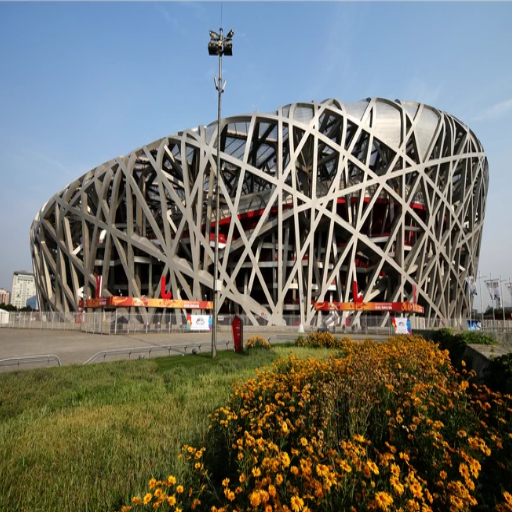
The 798 Art Zone: Center of Art and Culture in Beijing
Located in Beijing's Chaoyang District, the 798 Art Zone is a hub for contemporary art, culture, and innovation. The 798 Art Zone was once a set of military factories. It has since been transformed into a lively, creative district while still keeping its industrial charm. The old Bauhaus-style architecture, with its high ceilings and open spaces, has been renovated into galleries, artist studios, and exhibition spaces that display art from both aspiring and established artists. Visitors can experience a variety of art styles, including modern paintings, avant-garde sculptures, experimental photography, and multimedia installations.
In addition to the artistic wonders, the 798 Art Zone is home to trendy cafes, small vendors, and public art exhibitions, making the area very culturally fascinating. Many of these businesses have designer interiors that showcase the mix of industrial and artistic elements for which the zone is known. The Zone also hosts international art festivals, a wide variety of cultural events, and workshops designed to inspire new ideas, which add to the city’s contemporary art scene. The 798 Art Zone is a must-visit for anyone wanting to feel the pulse of modern Beijing, as it beautifully combines history, innovation, and creativity.
Trip to The National Museum of China
The National Museum of China, located on the eastern end of Tiananmen Square in Beijing, is regarded as one of the largest and most comprehensive museums in the world. It occupies a floor space greater than 200,000 square meters. Its unparalleled collection of relics and artifacts showcases China's rich cultural history and heritage. The museum houses over 1.4 million items, from ancient pottery and bronzes to exquisite jade, calligraphy, and textiles.
“Ancient China” is one of its most notable exhibitions, featuring a permanent display that chronicles the civilization’s evolution over centuries with carefully preserved ancient artifacts. At the same time, modern history exhibitions also bring to light the country’s recent past, highlighting pivotal moments and achievements. With newer special exhibits highlighting myriad aspects of Chinese and world culture, the museum isn’t a static place but a dynamic space for learners of all ages. Its modern galleries and interactive exhibits make it a must-visit site for tourists, scholars, and history enthusiasts alike, providing a deep insight into China's legacy.
Shopping and entertainment experiences at night lack
Night markets are places fusing shopping and entertainment. They offer live performances alongside trendy food at the same time. Ready after sunset, visitors can stroll down the market and enjoy street food, culture, and art. Customers can choose from a variety of handcrafted goods and trendy apparel for street food. People can enjoy both spicy appetizers and sweet desserts.
Aside from shopping and food, night markets frequently double as a theatrical setting for lively music, traditional dances, and street performers. The cheerful sound makes the markets enjoyable for people of all ages, making it ideal for family fun. Some markets have carnival games, art workshops, or pop-up exhibitions, making it one of a kind. With its lively atmosphere, vibrant energy, and rich food culture, night markets make an ideal destination for both tourists and locals alike.
What are the top natural attractions around Beijing?
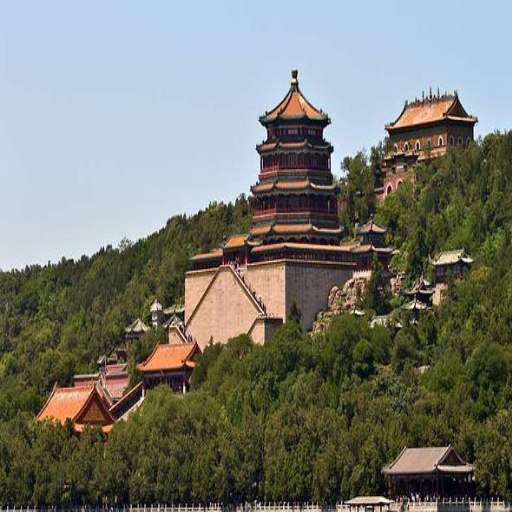
Soaking in the Scenery at the Summer Palace and Beihai Park
During my trips to Beijing, I make it a priority to relax at the Summer Palace and Beihai Park because they are among the few remaining natural parks that have been preserved in Beijing. The Summer Palace is one of the largest and best preserved royal parks in China and is a UNESCO World Heritage Site. I enjoy walking on the Long Corridor, a painted walkway about 760 meters in length, which offers a great view of Kunming Lake and Longevity Hill. A part of the lake can also be seen from the shed, where boats are rented. Renting a boat in the afternoon is perhaps the most soothing experience, as the sun’s reflection on the water is mesmerizing, along with the surrounding greenery.
In contrast, Beihai Park features a different, yet equally magical, experience. It is regarded as one of the oldest and best-preserved imperial gardens in China, containing the exquisitely perched White Dagoba on Jade Flower Island, which offers breathtaking views of the lake and city. I particularly enjoy the meandering walks around the park, as they reveal stone bridges and pavilions with historically charming aspects. The park offers fantastic leisure opportunities, from seasonal flower photography to tai chi by the water, and everything in between. Both parks truly embody the natural beauty and cultural heritage of Beijing, serving as ideal locations for contemplation and relaxation.
Scenic day trips to attractions outside Central Beijing
My absolute favorite day trip is the Great Wall of China, specifically the Mutianyu section. This part of the wall is around 45 miles from Beijing. Unlike other sections of the wall, Mutianyu is less crowded, making for a more enjoyable hiking experience. Moreover, the wall is surrounded by mountains and forests, which makes the view breathtaking. I enjoy hiking along the quieter sections of the wall, in addition to the convenience of the cable car ride and the toboggan ride down. Spending time at the Great Wall is relaxing and a great way to experience China's natural beauty.
Another excellent destination is the Ming Tombs, nestled at the foot of the Tianshou Mountains. The Ming Tombs are a UNESCO World Heritage Site and are reputed for their exquisite architecture. Importance aside, the site is only around 1 hour away from the capital, which is a bonus. Walking along the Sacred Way, flanked by stone statues of animals and officials, is quite awe-inspiring. Therefore, exploring the tomb chambers is a treat for those interested in learning about the Ming dynasty and Chinese history.
If you're looking for a place to unwind in nature, I recommend Longqing Gorge, also known as the "Little Three Gorges." Roughly a two-hour drive from Beijing, this breathtaking location is perfect for people who love the outdoors. I find beauty in all seasons - from taking boat rides during winter, where I can see the numerous ice lanterns, to the stunning cliffs and shores. These days, excursions let me avoid the busy lifestyle of Beijing, while also providing a rich experience full of history.
Frequently Asked Questions (FAQs)
Q: What are the top things to do in Beijing for first-time visitors?
A: Initially, each visitor to Beijing should grab tickets for the Great Wall, the Forbidden City, and the Summer Palace. Still, hutong activities and the summers in Wangfujing shopping street would be pretty entertaining, too! Most importantly, the Bell Tower and the Drum Tower are modern-day landmarks and are a beauty to witness. When traveling to China, it's advised to spend three to four days taking in the beauty of these fantastic landmarks.
Q: What is the best way to visit hutong areas in Beijing?
A: Hutong walking tours and rickshaw tours in areas such as Guxiang or Nanluo are best experienced by cycling through these alleyways. Domestically recognized as a "skewed tobacco pouch street," many hutongs still preserve authentic traditional courtyard residences, small family restaurants, and artisan workshops, which date back to the Ming and Qing dynasties. To truly appreciate and soak in the surroundings, consider staying in boutique hotels as they provide a unique and unforgettable experience. Their stories bring life to these timeworn places, making one wonder what it was like to live as a Chinese person exploring such neighborhoods.
Q: What are the best things for food enthusiasts to do in Beijing?
A: Food lovers should try the Peking duck at Quanjude or Dadong, explore the Donghuamen Night Market (although some vendors have relocated), take a class to learn how to cook it properly, and visit local tea houses. The Hutong region has some secrets about where you can taste authentic Chinese food. Wangfujing Snack Street is known for its unique delicacies, and Ghost Street (Guo Jie) is famous for its hot pot restaurants. Join a food tour that immerses you in Beijing’s culture to appreciate its culinary offerings fully.
Q: What is the most efficient transportation method in Beijing?
A: The Beijing subway system is the cleanest, most affordable, and most efficient travel method since it has English signage. The Beijing Capital International Airport is linked to the city through the Subway Airport Express Line. Taxis are available for shorter distances, although the drivers seldom speak English. Make sure your destination is written in Mandarin. Didi, China's alternative to Uber, is another convenient option. While buses serve areas not covered by the subway, they may present a challenge to many tourists. Rent-a-bike schemes are rising for tourists looking to explore the hutongs and the city center, as bike paths are being developed throughout the city. For easier travel, buy a rechargeable transport card to switch transportation methods easily.
Q: When is the best time to visit Beijing?
A: April to May and September to October are the best times to visit Beijing, as the temperatures are mild, and the skies are often clear. The weather allows for comfortable conditions to see places like the Forbidden City and the Great Wall of China. June to August has hot temperatures, occasional rain, and many cultural festivals, which may appeal to some. November to March is frigid but offers stunning views, such as the snow-covered Forbidden City, and winter activities at places like Houhai Lake. Avoid Chinese national holidays, such as Golden Week in early October, as they get crowded with domestic travelers.
Q: How often should I visit Beijing to see the top attractions?
A: To enjoy the top attractions in Beijing, a 4 to 5-day stay is recommended. This will give you enough time to cover all major sites, including the Forbidden City (which can take roughly 6 hours), the Temple of Heaven, and the Summer Palace. You will also need a whole day to visit any section of the Great Wall, such as Badaling, Mutianyu, or Jinshanling. Visiting the hutongs, the vibrant and diverse food scene of Beijing, the Bell Tower, and younger attractions like the Olympic Park and 798 Art District will require extra time. If you also plan to visit the Ming Tombs, which are located further outside Beijing, I would suggest adding a day or two to your itinerary.
Q: Can I visit Beijing without a tour guide?
A: Certainly, a tour guide is not needed to visit Beijing. Public transport is first-class, all significant signposts are labeled in both English and Chinese, and many attractions offer audio guides. For those who don’t speak the language, apps like Baidu Maps and WeChat, as well as translation tools, provide helpful assistance. However, having a guide for specific experiences, especially a visit to the Forbidden City or the Great Wall of China, can deepen one’s appreciation of China's history and culture. For those who plan to travel to Beijing solo, it's advisable to pre-download offline maps, learn some useful Chinese phrases, and conduct extensive internet searches on the attractions. Most tourists appreciate a combination of independent sightseeing and guided tours to the primary attractions.
Q: What are some engaging activities that are not typical tourist destinations in Beijing?
A: Beijing offers enchanting experiences, such as the 798 Art District, where one can encounter contemporary Chinese art and culture. You can also explore Tibetan Buddhist practices at Yonghe Temple or Lao Temple. The well-preserved Cuandixia ancient Village, with its Ming and Qing ancient architecture, is another day trip destination worth visiting. One can step away from the crowds by taking photos along the less frequented Jiankou section of the Great Wall. Explore the Panjiayuan Antiques Market to get unique souvenirs. Shichahai and the Houhai Lake area have entertainment to enjoy in the evenings. The Beijing Planning Exhibition Hall is the most captivating, showcasing the city’s development. These lesser-known sites offer a richer understanding of Beijing's history and development from ancient times to the present day, while avoiding the tourist crowds.
